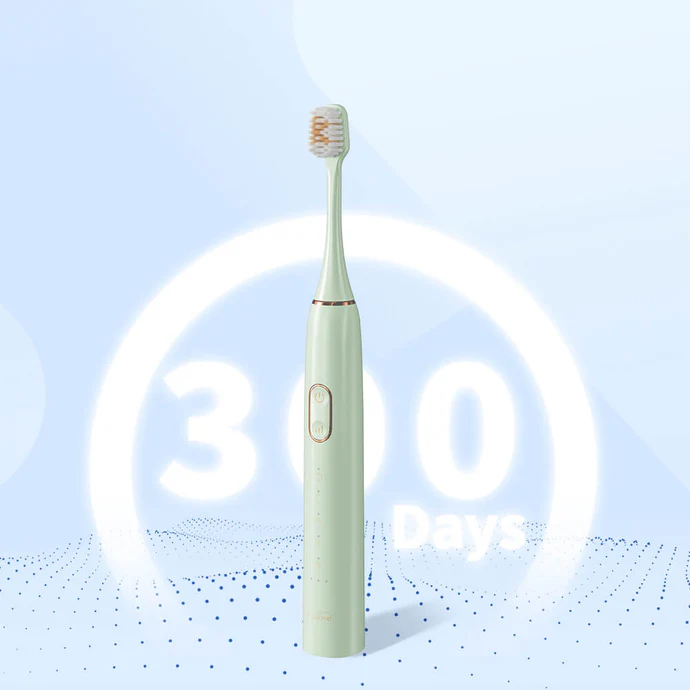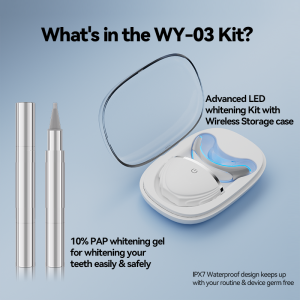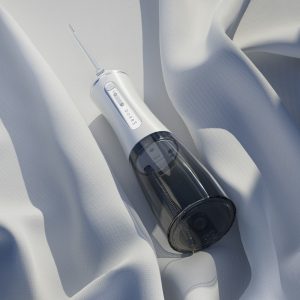Aggressive brushing techniques combined with improper Bristle Hardness can contribute to Gum Recession, even when users think they’re improving oral hygiene. In fact, a toothbrush that’s too stiff or poorly designed may abrade the delicate gum margin over time. Consequently, manufacturers must understand the interplay between brush design, materials, and brushing behavior to safeguard patients’ periodontal health.
The Growing Demand for Gentle Yet Effective Cleaning
First and foremost, today’s dental professionals and end users expect electric toothbrushes to deliver superior plaque removal without harming soft tissues. As gum health gains prominence in preventative care, the market demands brush heads that balance cleaning power with gentleness. Therefore, selecting the correct Bristle Hardness and head pattern is critical to prevent inadvertent abrasion while still achieving clinically proven results.
Anatomy of the Gingival Margin and Damage Mechanisms
Moreover, the gingival margin—the tiny band of tissue at the tooth‑gum interface—is particularly susceptible to mechanical trauma. Repeated scratching or compression can disrupt the epithelial attachment, leading to Gum Recession. In addition, exposed dentin increases sensitivity and caries risk. Understanding this anatomy helps designers engineer toothbrushes that minimize lateral forces against the sulcus.
How Bristle Hardness Influences Gingival Abrasion
Furthermore, studies show that medium‑ or hard‑bristled brushes can remove plaque more quickly but at the expense of soft tissue health. Conversely, ultra‑soft bristles reduce abrasion but may lack sufficient cleaning force if not optimally arranged. Key factors include:
- Tip Shape: Rounded filament ends are gentler than flat‑cut fibers.
- Filament Diameter: Thinner bristles flex more easily, reducing cutting action.
- Bristle Pattern Density: Denser tuft arrays can distribute force, avoiding point pressure on the gums.
Therefore, calibrating bristle composition and geometry is essential to prevent wear on the gingival margin. Company web:https://www.powsmart.com/product/electric-toothbrush/

Brushing Technique, Pressure, and Recession Risk
In addition to bristle properties, user technique dramatically affects outcomes. Excessive brushing pressure—even with soft bristles—can cause gingival microtrauma. Likewise, horizontal scrubbing motions exacerbate wear at the cemento‑enamel junction. Integrating pressure sensors that alert users to over‑forceful brushing and providing visual or haptic feedback can mitigate these behaviors, thereby reducing Gum Recession risk.
Design Strategies for Gum‑Safe Toothbrushes
To address both efficacy and safety, B2B manufacturers should consider:
- Adaptive Bristle Arrays: Combine a center zone of firmer bristles for plaque removal with an outer ring of softer filaments to shield the gums.
- Ergonomic Head Profiles: Contoured head shapes that match natural tooth anatomy reduce sideways contact with the gingiva.
- Pressure‑Sensitive Handles: Real‑time feedback via LEDs or vibration prevents undue force.
- Interchangeable Brush Heads: Offer a range of hardness levels validated by clinical testing for different patient needs.
- Material Innovation: Use memory polymers that flex under load and return to shape, preserving consistent brushing action.
- Compliance Monitoring: Smart tracking with companion apps helps clinicians and users adjust technique over time.
These multi‑pronged design enhancements ensure comprehensive care without compromising gum integrity.
Quality Assurance and Continuous Improvement
Finally, in an industry founded on trust, rigorous quality control and ongoing R&D are paramount. Manufacturers should implement:
- In Vitro Abrasion Testing: Simulate millions of brush strokes on artificial gingival material to quantify tissue wear.
- Real‑World Clinical Trials: Partner with dental research centers to validate safety across diverse patient populations.
- User Feedback Loops: Leverage digital health platforms for post‑market surveillance of gingival health outcomes.
- Iterative Design: Rapidly prototype and test new filament materials, head geometries, and feedback technologies.
- Training Materials: Provide distributors and clinicians with detailed guidelines on selecting proper bristle hardness and instructing patients in gentle brushing techniques.
By committing to these standards, B2B partners can deliver electric toothbrush solutions that maximize plaque removal while actively protecting against Gum Recession and user discomfort.
Conclusion
Could your toothbrush be contributing to gum damage? By carefully balancing Bristle Hardness, head design, and user feedback mechanisms—and by rigorously testing abrasion and pressure impacts—manufacturers can create products that clean effectively without compromising soft tissue health. For customized solutions or clinical testing partnerships, please contact our team of oral‑care technology experts.


